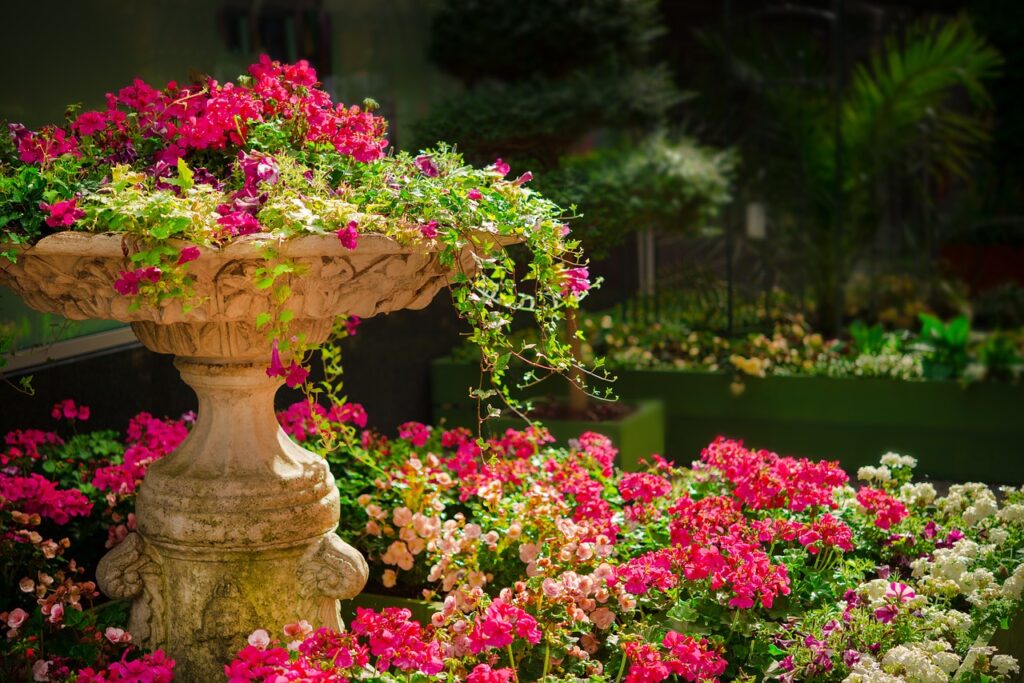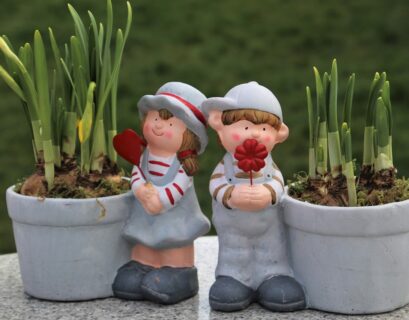Creating a stunning flower garden that delights the senses and transforms your outdoor space into a colorful oasis requires careful planning and thoughtful design. Whether you’re starting from scratch or revamping an existing garden, here are some essential tips and tricks to help you plan and execute your perfect flower garden:
1. Assess Your Garden Space
Begin by evaluating your garden space to determine its size, shape, sunlight exposure, soil type, and existing features like trees or structures. Understanding these factors will guide your plant selection and garden layout.
2. Choose Your Garden Theme or Style
Decide on a theme or style for your flower garden that reflects your personal taste and complements your home’s architecture. Whether you prefer a formal garden with structured beds and symmetrical plantings, a cottage garden with a riot of colors and textures, or a modern garden with clean lines and minimalist plantings, defining your style sets the tone for your design.
3. Select the Right Flowers
Research and choose flowers that thrive in your climate zone and growing conditions. Consider factors such as bloom time, height, color palette, and fragrance. Aim for a mix of annuals and perennials to ensure continuous blooms throughout the growing season. Incorporate native plants and pollinator-friendly flowers to attract beneficial insects and support local ecosystems.

4. Plan Your Garden Layout
Sketch out a rough plan for your garden layout, taking into account plant spacing, pathways, focal points, and any structural elements like trellises or garden sculptures. Group plants with similar water and light requirements together to create microclimates that promote healthy growth.
5. Consider Planting Techniques
Explore different planting techniques to enhance visual appeal and maximize space in your flower garden. Create layers of height and texture by planting tall flowers at the back, medium-sized plants in the middle, and low-growing varieties at the front. Use containers, raised beds, or vertical gardening techniques to add depth and interest.
6. Prepare the Soil
Prepare your garden soil by amending it with organic matter such as compost, aged manure, or peat moss. Good soil preparation improves drainage, fertility, and root development, ensuring your flowers thrive. Test the soil pH and adjust if necessary to meet the specific needs of your chosen plants.
7. Plant with Care
When planting your flowers, handle them gently and follow planting instructions for each variety. Dig planting holes slightly larger than the root ball, backfill with soil, and water thoroughly to settle the roots. Mulch around plants to retain moisture, suppress weeds, and maintain soil temperature.
8. Provide Adequate Water and Maintenance
Establish a watering routine based on your plants’ needs and local weather conditions. Water deeply and consistently, especially during dry periods, to encourage strong root growth. Deadhead spent flowers regularly to promote continuous blooming and remove any diseased or damaged foliage promptly to prevent spread.
9. Add Personal Touches
Enhance your flower garden with personal touches such as garden art, decorative pots, seating areas, or pathways lined with stepping stones. These elements add character and make your garden a welcoming retreat for relaxation and enjoyment.
10. Monitor and Adjust
Regularly monitor your flower garden for signs of pests, diseases, or nutrient deficiencies. Address issues promptly using organic pest control methods and fertilizers as needed. Periodically assess your garden layout and plant choices, making adjustments to enhance visual impact and plant health.









